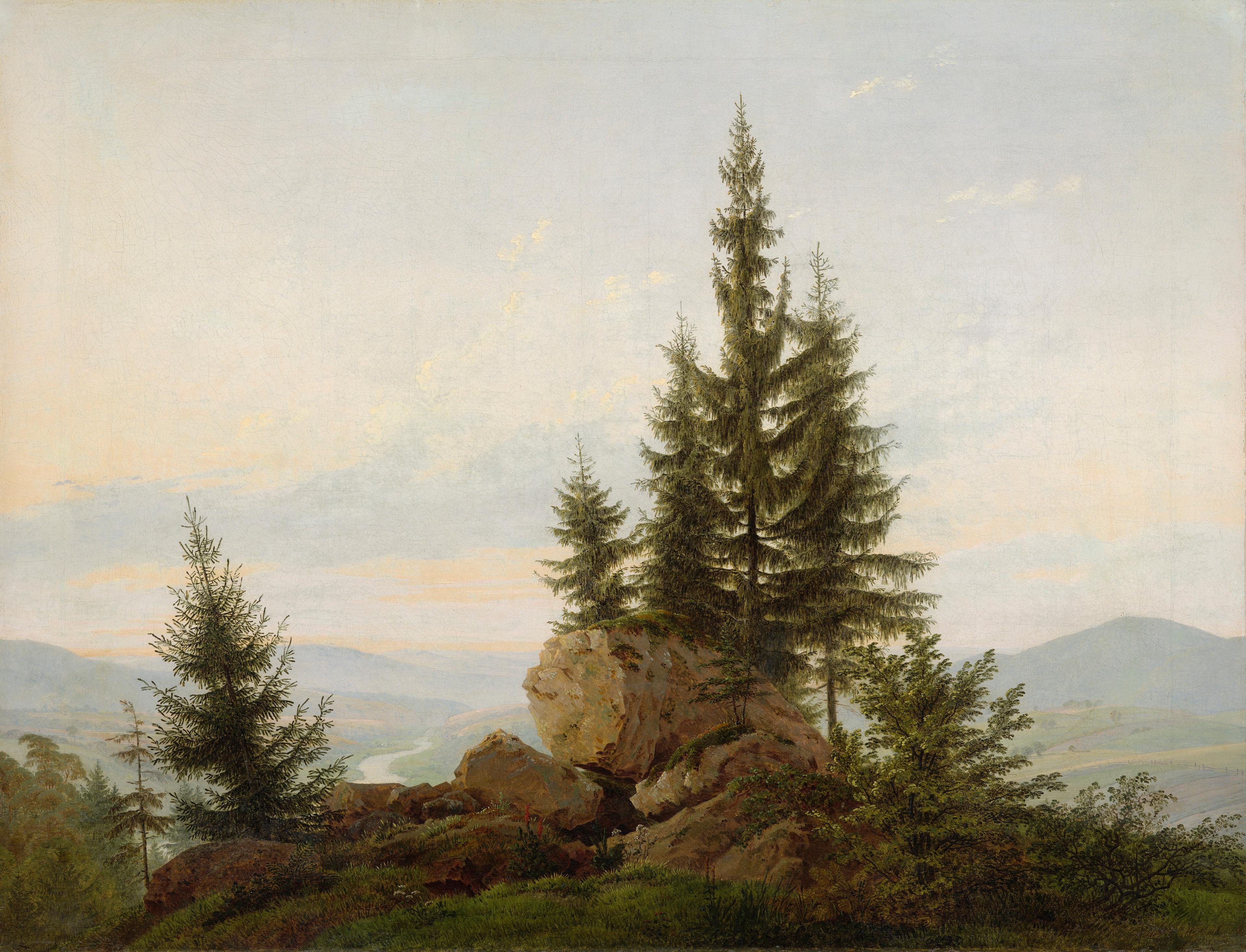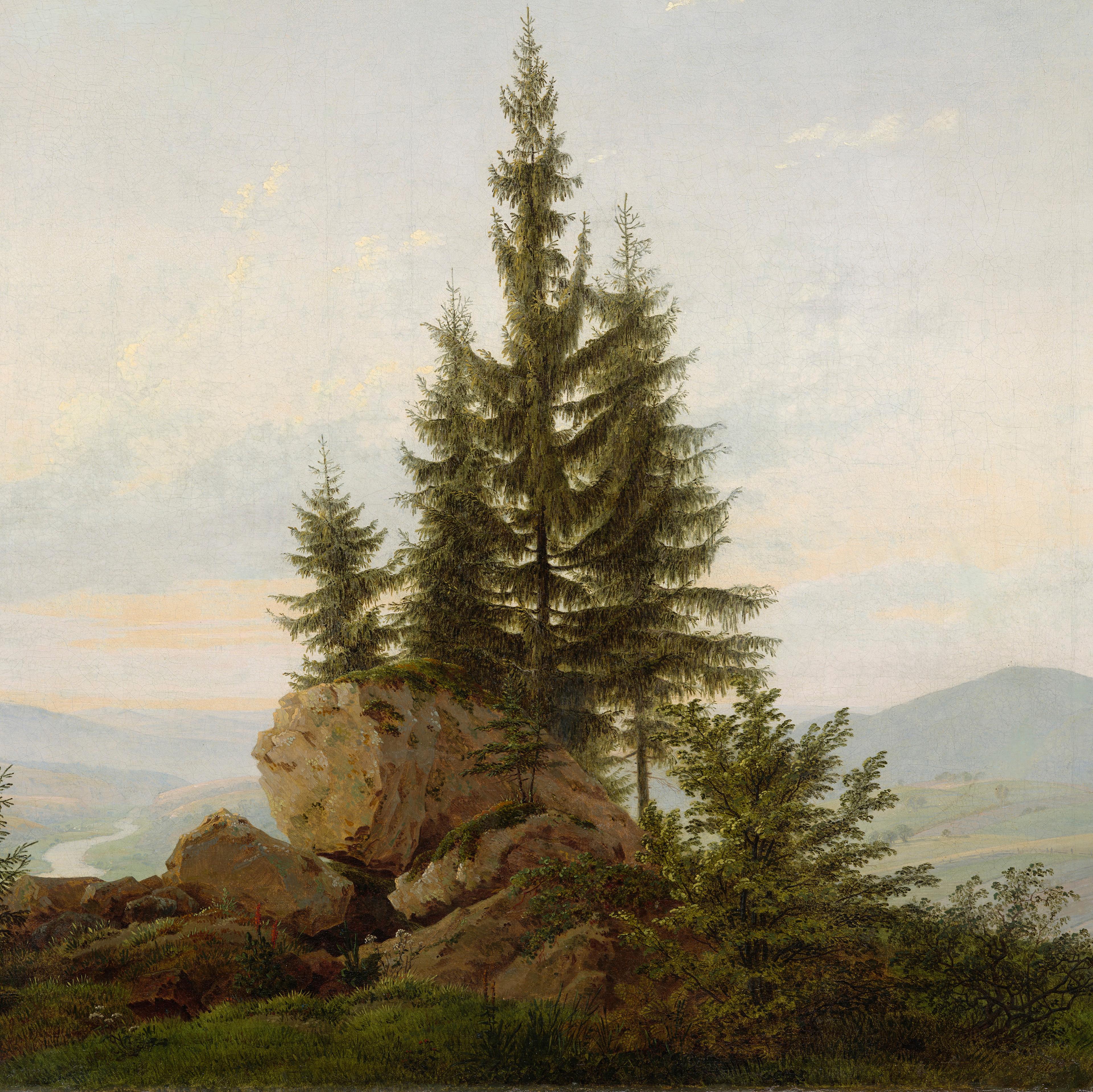My journey in sound recording began at the age of eleven, a passion that has persisted for over five decades. Preserved among my earliest recordings is that of a blackbird, a testament to the enduring nature of my fascination. At nineteen, equipped with my first professional recorder, I embarked on a dedicated path to document the diverse habitats and sounds of wildlife.
Today, at sixty-nine years old, my extensive catalog spans recordings from over sixty countries, encompassing more than 3,500 bird species along with numerous insects, amphibians, reptiles, mammals, and ecosystems.
When approached by The Met to explore the work of Caspar David Friedrich, I pondered how these landscapes might have sounded during his time in the late-eighteenth century, devoid of the modern-day cacophony of planes and infrastructure. Drawing upon my extensive European recordings, I endeavored to reconstruct the auditory tapestries of Friedrich’s scenes.
It is evident that his artistic inspiration drew profoundly from the natural world. I trust that these recordings will immerse you in an experience that vividly captures the ambience of these historic landscapes.

Caspar David Friedrich (German, 1774–1840). View of the Elbe Valley, ca.1807. Oil on canvas, 24 3/16 X 31 1/2 in. (61.5 X 80 cm). Albertinum, Staatliche Kunstsammlungen Dresden (Gal.-Nr. 2197 F)
Around the Baltic Sea, one can imagine the calls of wigeons, oystercatchers, gulls, eiders, and pigeons echoing through the coastal airs.
Soundscape: Baltic Sea
Near Friedrich’s birthplace in Greifswald, skylarks, wagtails, blackbirds, greenfinches, and herring gulls would have filled the countryside with their melodies.
Soundscape: Griefswald
On Rügen Island, the tranquil scene likely resonated with the calls of mute swans, northern shovelers, wigeons, teals, great crested grebes, and various gulls.
Soundscape: Rügen Island
In Dresden, the urban soundscape would have been enriched by mallards, common swifts, hooded crows, blue tits, marsh warblers, chiffchaffs, house martins, blackcaps, blackbirds, and house sparrows.
Soundscape: Dresden
The Elbe Sandstone Mountains would have hosted rock pigeons, magpies, blue tits, bank swallows, blackcaps, redstarts, house sparrows, white wagtails, and goldfinches.
